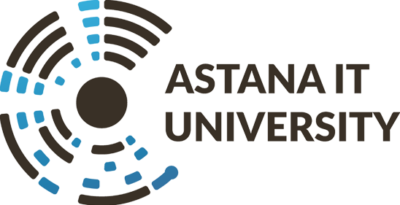Main direction of the EP:
This is the development of fundamental methods and innovative services for connected objects in the development, management, control of IoT devices, platforms, software, hardware and systems, as well as the study of the fundamentals of design in modern programming environments in the creation of a web server and interaction with mobile devices.
The purpose of the microqualification EP:
Training in modern technologies and services for working with Samsung-based IoT devices and development of professional centers in the field of Internet of Things.
Objectives of the EP microqualification:
– develop IoT devices based on microcontrollers;
– study the general principles of microelectronics and programming IoT devices;
– development of skills in working with industrial microcontrollers and interaction interfaces between IoT devices;
– designing a network of computers, sensors (sensors) and actuators within the framework of microqualification;
– study the architecture of existing IoT solutions and hardware and software systems in the automation of the industrial Internet of things.

